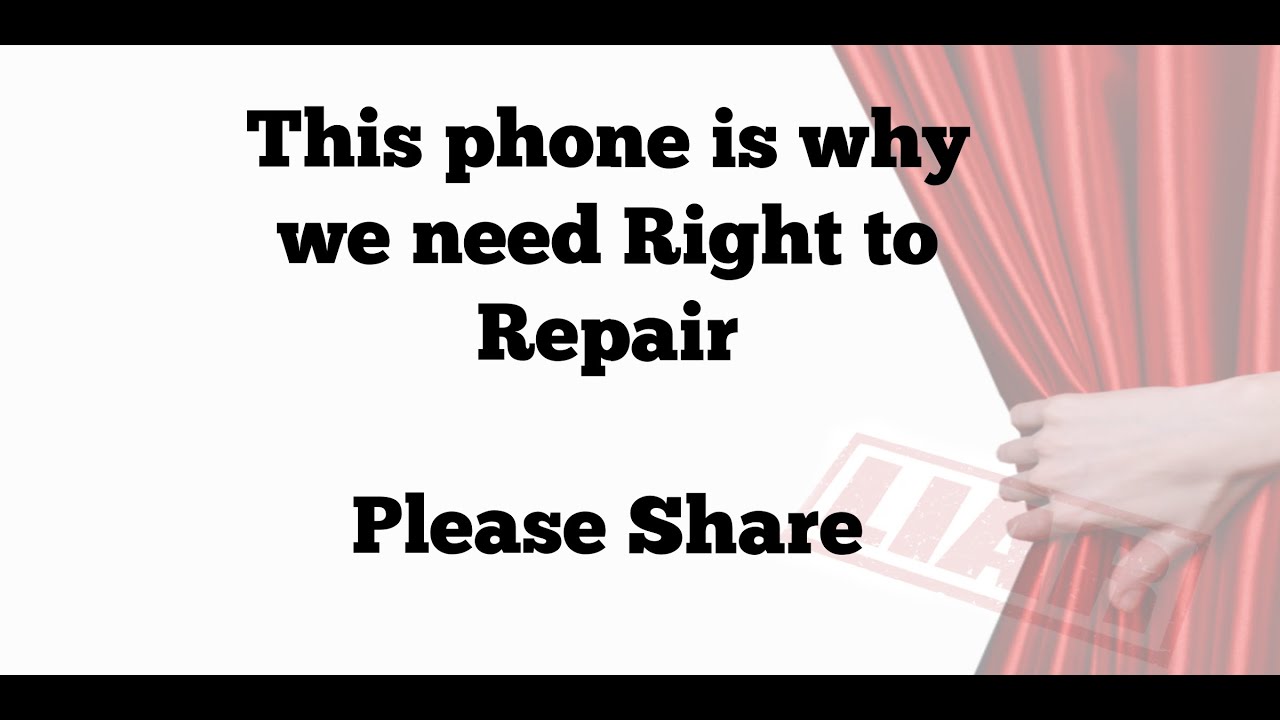Over at iPad Rehab, Jessa livestreamed a great example of how the serialisation of smartphone components can make independent repair extra difficult, or even impossible. It’s a concerning trend from a repair perspective and it’s worth watching Jessa’s exploration of the problem via this particular iPhone 10:
If you'd prefer to read a summary, click/tap here
Jessa, who runs an independent repair businesses, shows us an iPhone 10 brought in by a customer. The phone is fully functional apart from a broken (heat-damaged) rear camera. After replacing the rear camera with an Apple-original part from another iPhone 10, Face ID stopped working even though Face ID uses the front camera. This is because as an Apple-certified repairer (not an Apple-authorised repairer), Jessa doesn’t have access to the software tools required to pair the serial number of the replacement camera module to the customer’s iPhone.
Jessa then explains that the customer did originally send the phone to Apple for repair. But Apple refused to fix it because both the camera and screen were damaged. Instead they quoted the customer $700 for a replacement, refurbished iPhone. When the customer declined, they returned his phone with the display disconnected.
As a result, the phone owner has 3 options: pay Apple $700 for a replacement phone, ask Jessa to replace his rear camera but loose FaceID, or keep FaceID but not replace the broken rear camera.
@Janet and @ugo dived deeper into this issue with super-skilled repairer Rico Cerva on Restart Radio back in November. If you haven’t listened to that episode yet, I’d highly recommend doing so:
Has part serialisation scuppered any of your repairs yet?

